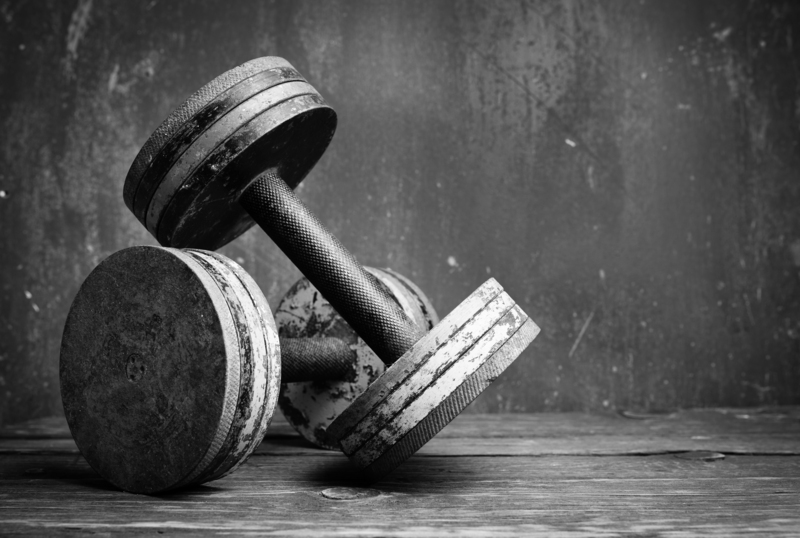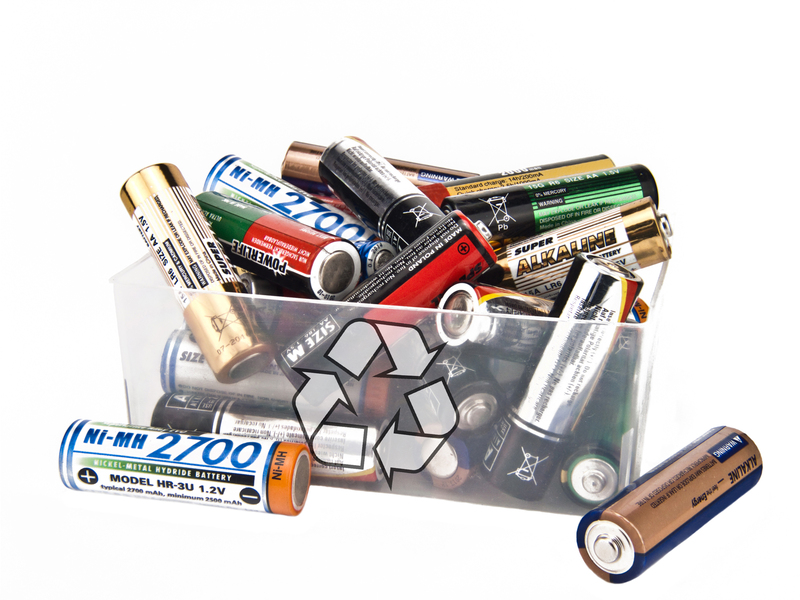Why Proper Disposal of Pots and Pans Matters for the Environment
When you retire your worn-out cookware, do you know what really happens to those pots and pans? Unfortunately, the journey of discarded cookware doesn't end when it leaves your doorstep. Improper disposal of pots and pans poses significant environmental threats, impacting everything from natural resources to wildlife and human health. In this comprehensive article, you'll discover why the responsible disposal of cookware truly matters, the best methods to do so, the hidden dangers of tossing them in the trash, and the profound benefits of recycling and upcycling old pots and pans.
The Environmental Impact of Discarded Pots and Pans
Why Do Pots and Pans Cause Environmental Concerns?
Most pots and pans are made from metals such as aluminum, stainless steel, or copper, often with synthetic non-stick coatings. When these items are improperly discarded, they end up in landfills, where they contribute to pollution, resource wastage, and even the release of hazardous substances. Surprisingly, cookware may contain materials that cause long-term environmental harm if allowed to break down unchecked in the waste stream.
The Problem with Landfilling Cookware
- Non-Biodegradable Materials: Metals and synthetic coatings do not decompose quickly. They can sit in landfills for centuries, taking up valuable space and leaching harmful elements into soil and groundwater.
- Hazardous Chemical Leaching: Non-stick pans, especially those made with perfluorooctanoic acid (PFOA), can leach toxic substances, contaminating the environment and potentially entering our food and water supplies.
- Resource Waste: Metals are finite resources. Every pan thrown in the trash represents a missed opportunity to reclaim valuable metals through recycling.

How Does Proper Recycling Help?
Conserving Natural Resources
Recycling old cookware reduces the need for mining new metals, which is one of the most environmentally harmful industrial activities. By reprocessing aluminum, steel, or copper from discarded pots and pans, manufacturers use less energy, conserve water, and protect natural habitats from further destruction.
Reducing Greenhouse Gas Emissions
- Mining and refining virgin metals produce huge amounts of CO2.
- Recycling metals from cookware typically uses up to 95% less energy compared to creating metals from raw ore.
- This translates to significant greenhouse gas reductions, slowing climate change and reducing air pollution.
Preventing Pollution and Health Risks
Proper disposal of non-stick and coated pans keeps harmful chemicals out of the environment. PFOA and other coatings used in some cookware can be dangerous for wildlife and humans if released during incineration or through landfill leaching.
The Lifecycle of Pots and Pans
What Happens When You Trash Cookware?
Once discarded, many old pots and pans are either landfilled or incinerated. Unfortunately, both methods are damaging:
- Landfill Burial: Metal and coated cookware lies dormant, leaching chemicals and occupying space that could be used for biodegradable materials.
- Incineration: Burning cookware releases toxic fumes, especially from non-stick coatings, contributing to air pollution and respiratory hazards.
Why Don't All Pots and Pans Get Recycled?
Unlike soda cans or regular metal scraps, pots and pans often have mixed materials (e.g., plastic handles, glass lids, rubber grips, and chemical coatings). Municipal recycling centers may reject them unless properly disassembled. Sometimes, consumers simply don't know where--or how--to recycle old cookware.
Options for Disposing of Old Cookware Responsibly
1. Metal Recycling Programs
Most pots and pans can be recycled as scrap metal. Before recycling:
- Remove non-metal parts (handles, lids, plastic, or rubber).
- Check with your local recycling center about accepting cookware--some require you to bring items to a special drop-off area for metal appliance recycling.
- Cluster similar metals to streamline their processing.
2. Donation and Reuse
If your cookware is still safe and functional, donation is the most eco-friendly choice. Many charities, thrift stores, and shelters accept gently used pots and pans that could help another family.
3. Upcycling and Creative Reuse
- Turn old pans into planters, storage baskets, or birdbaths.
- Use metal pots in DIY projects, garden decor, or arts and crafts.
Upcycling stretches the useful life of your cookware and keeps it out of the waste stream for longer.
4. Manufacturer Take-Back Programs
Some cookware brands and retailers offer take-back recycling programs for their products. These programs ensure materials are properly recycled and prevent environmental contamination.
5. Curbside Collection Advice
Most household recycling bins do not accept pots and pans because of their size and mixed materials. If you must use curbside recycling, make sure:
- Your local municipality explicitly lists cookware as accepted.
- You have separated out non-metal components.
Key Environmental Benefits of Responsible Cookware Disposal
1. Waste Reduction
Every ton of metal you recycle keeps large volumes of trash out of landfills, reducing the need for new landfill sites and associated ecological damage.
2. Energy Conservation
Recycling cookware--especially aluminum--conserves massive amounts of energy compared to mining and creating new metals.
3. Pollution Prevention
Proper disposal prevents hazardous chemicals from leaching into soil, water, and air, protecting local ecosystems and public health.
Common Myths About Cookware Disposal
-
Myth: All metal cookware is biodegradable.
Fact: Most metals do not decompose quickly and contribute to landfill pollution for centuries. -
Myth: A small pan in the trash won't make a difference.
Fact: With millions of households discarding cookware each year, the collective impact is enormous. -
Myth: All recycling centers accept pans.
Fact: Many facilities reject cookware unless it is dropped off with other scrap metals and has had non-metal parts removed.
How to Prepare Old Pots and Pans for Eco-Friendly Disposal
Step-by-Step Guide
- Clean thoroughly to remove food residues and oil.
- Remove any plastic, rubber, or wooden handles and lids, which must be disposed of separately if not recyclable.
- Check for hazardous coatings. If your cookware is non-stick, especially if manufactured before 2013, handle with extra care due to potential PFOA content.
- Find a designated scrap metal recycler or call your community recycling facility for instructions.
- If donating, ensure items are not warped, cracked, or flaking.
What About Non-Stick, Ceramic, and Enamel-Coated Cookware?
Cookware with coatings needs special attention:
- Non-Stick: Older non-stick pans may contain PFOA or PTFE--potentially harmful chemicals. Most recycling centers do not accept chemically treated cookware in the usual scrap metal stream. Contact your local facility for specific disposal instructions.
- Ceramic/Enamel-Coated: These materials can't always be recycled with metals, but some specialty centers do accept them.
- Cast Iron: This is highly recyclable but heavy; best taken directly to a scrap metal center.
Legislation and Manufacturer Responsibility
Government Regulations Are Growing
Many local and national governments are moving towards stricter waste disposal regulations, placing increased responsibility on producers and retailers for the end-of-life handling of their products. Some countries now require companies to offer recycling or take-back initiatives for cookware and appliances, making it easier for consumers to dispose of old pots and pans responsibly.
Brands Leading the Way
- Certain cookware brands encourage eco-friendly returns and recycling.
- Some manufacturers use recycled metals in new cookware production, lowering their carbon and waste footprint.
Creative Ways to Repurpose Old Pots and Pans
Before sending your cookware off to the recycling center, consider a second life for it in your home or garden:
- Transform a frying pan into an artistic clock.
- Use old saucepans as quirky flowerpots or herb planters.
- Drill holes in old pans to create unique lanterns or windchimes.
- Turn lids into wall art or serving trays.
By upcycling, not only do you reduce waste but you also add unique character to your living spaces while protecting the environment.

Conclusion: Making a Conscious Choice for the Planet
The proper disposal of pots and pans should never be an afterthought. Each time you responsibly recycle, donate, or upcycle your old cookware, you are actively protecting the environment and conserving precious resources. As landfills grow and natural resources dwindle, every decision to keep cookware out of the trash counts.
Make the commitment to eco-friendly cookware disposal. Encourage your friends and family to do the same. With just a bit of extra effort, you can ensure that your faithful kitchen tools serve one final purpose: helping create a cleaner, safer, and more sustainable world.
Frequently Asked Questions
- Can I put old pots and pans in my curbside recycling?
Usually not--check your municipality's rules. Most require you to drop cookware off at a metal recycling center. - Is it safe to donate non-stick pans?
Only if the coating is not peeling, flaking, or damaged--and ideally, if it's free of PFOA/PTFE (check if made after 2013). - Can glass lids be recycled?
Rarely in standard recycling. Some centers accept heat-resistant glass with other specialty glass items. - What should I do with broken or damaged cookware?
Recycle as scrap metal after removing non-metal components, or creatively upcycle if safe to do so.
Remember: Your small efforts to responsibly dispose of cooking pots and pans can collectively make a huge difference for the environment--let's choose sustainability, one pan at a time.
